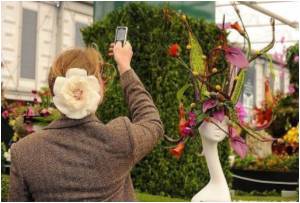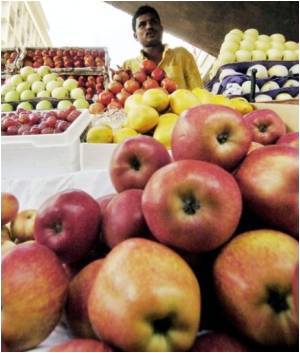People are now recognising the health benefits of gardening, and good gardening practice involves using a regular technique rather than erratic movements.

‘Good gardening technique has minimal back bend and large knee bend whereas a bad posture was characterized by large forward bending, stretching limbs and uncontrolled motion.’





Coventry University and the RHS employed equipment usually used in the production of animated Hollywood films and advanced hospital laboratories to map the movement of gardeners while digging and measured the loads imposed on the body’s joints, bones and muscles. The 3D optical tracking equipment involved attaching reflective "ping pong" sized balls at key anatomical locations on the gardeners and then surrounding them with high-resolution, high-speed infra-red cameras. This equipment, known as motion capture, allows the movement of the body to be captured digitally enabling the data to then be analysed by BoB - a computer programme developed at Coventry University. BoB contains a model of the human skeleton, major joints and over 600 of the body’s muscles associated with movement, enabling the researchers to calculate the internal loads for each participant.
The researchers found that loads in the lumbar region of the back - where many gardeners complain of aches and pains - could be increased by half as much again for a bad posture. The shoulders were even more sensitive, where more than double the load was generated if a bad posture was used. Large loads at joints are associated with increased risk of osteoarthritis, the most common form of joint disease.
It was also found that good gardening practice involves using a regular, repetitive technique rather than erratic movements. A good technique was found to have minimal back bend and large knee bend whereas a bad posture was characterised by large forward bending, stretching limbs and uncontrolled motion.
Dr James Shippen, an expert in biomechanics at Coventry University’s Institute for Future Transport and Cities, said:
Advertisement
Dr Paul Alexander, head of horticultural and environmental science at the RHS, said:
Advertisement
Source-Eurekalert










